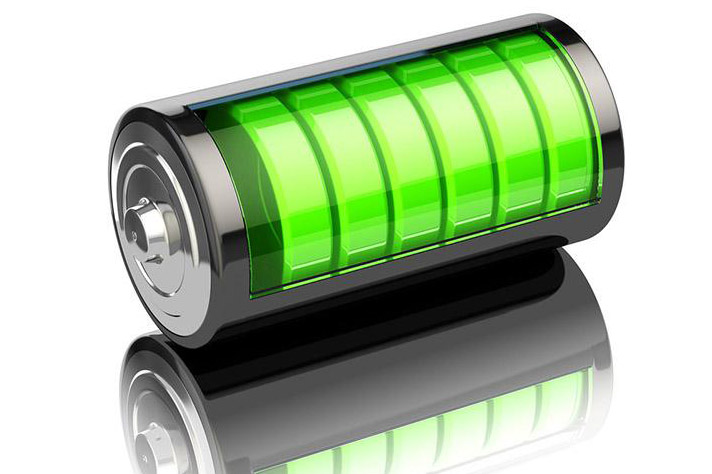With the rise of portable consumer electronics and the need for sustainable energy solutions, there is growing prominence of secondary or rechargeable batteries in our daily lives. From power banks to electric vehicles, secondary batteries have emerged as the backbone of the energy transition.
Types of Secondary Batteries
There are several types of secondary batteries available based on their chemical composition and operating mechanism. Some of the most common secondary battery technologies include:
Lead-Acid Batteries: Lead-acid batteries were one of the earliest rechargeable battery technologies commercialized in the late 19th century. Despite their age, lead-acid batteries continue to be widely used today in automotive starting, lighting and ignition applications due to their high cranking power, low manufacturing cost and relative ease of recycling. Some limitations include low energy density and short life cycles.
Lithium-Ion Batteries: Lithium-ion batteries have emerged as the dominant battery technology in recent decades on account of their higher energy density compared to lead-acid and nickel-based batteries. They exhibit high charge/discharge efficiency and are increasingly being used for applications ranging from consumer electronics to electric vehicles. Continuous research is exploring new high-capacity lithium-ion chemistries to achieve higher energy densities and longer battery lives.
Nickel-Cadmium Batteries: Nickel-cadmium or NiCad batteries were commonly used in power tools, medical equipment and aerospace applications until the advent of lithium-ion. While NiCad batteries offer good power-to-weight ratio and long life, concerns over memory effect and toxic cadmium content have limited their use in recent years.
Advances in Secondary Battery Technology
Over the past few decades, Secondary Battery technology has advanced rapidly driven by growing demand from different industries as well as significant R&D investment. Some key developments include:
Improved Chemistries: Continuous optimization of battery chemistries has enhanced key parameters such as cycle life, energy density, charge/discharge rates etc. In lithium-ion for example, newer chemistries such as lithium-polymer, lithium-titanate and lithium-iron-phosphate provide superior safety and performance.
Nano-structured Electrodes: Use of nanotechnology has revolutionized electrode engineering. Nano-structured cathode and anode materials utilizing advanced carbon nano-tubes, graphene and silicon allow for faster ion/electron conduction and higher power/energy densities.
Advanced Separators: Development of ultra-thin, high-strength and ion-conductive separators is crucial for improving energy density while ensuring safety. Companies are exploring separators made using polymers, ceramics and solid-state materials.
Improved Manufacturing: Roll-to-roll processing, automated assembly lines and integration of AI/robotics have significantly improved manufacturing productivity and quality control of batteries. These manufacturing advances have also reduced costs.
Battery Management Systems: Onboard battery management systems continually monitor battery parameters, protect against over-charge/discharge and balance individual cells. Advanced BMS circuits can optimize charge rates as well as predict battery lifespan.
Applications of Modern Secondary Batteries
Driven by the continuous evolution of secondary battery technologies, their applications have grown across diverse end-use industries:
Consumer Electronics: Mobile phones, laptops, power banks etc. rely entirely on high-performance lithium-ion batteries. Latest generations provide all-day battery life for smartphones.
Electric Vehicles: Mass adoption of EVs worldwide is spurring intensive R&D into high-energy lithium-ion batteries for longer driving ranges. Applications include electric cars, buses, trucks as well as construction & mining equipment.
Grid Energy Storage: Large-scale battery storage helps optimize renewable energy output. Projects utilize lithium-ion, lead-acid and other technologies for applications like frequency regulation, backup power etc.
Portable Medical Devices: Implantable cardiac defibrillators, insulin pumps, portable ultrasound machines require reliable, miniature secondary battery power sources.
Power Tools: Drills, lawnmowers, angle grinders increasingly rely on rechargeable lithium-ion or nickel-cadmium packs for cordless operation.
Military Equipment: Secondary batteries ensure lightweight, reliable power for communication devices, surveillance equipment, electric vehicles in defense applications.
Secondary batteries have revolutionized how we produce, store and utilize energy. Continuous innovations are further enhancing performance while driving down costs. Wider adoption across transportation and large-scale energy storage will heavily rely on further advances in secondary battery technologies. The ongoing battery revolution promises to accelerate the global transition to more sustainable energy systems.
*Note:
1. Source: Coherent Market Insights, Public sources, Desk research
2. We have leveraged AI tools to mine information and compile it



